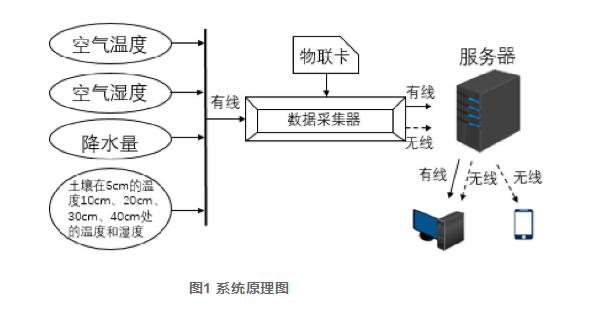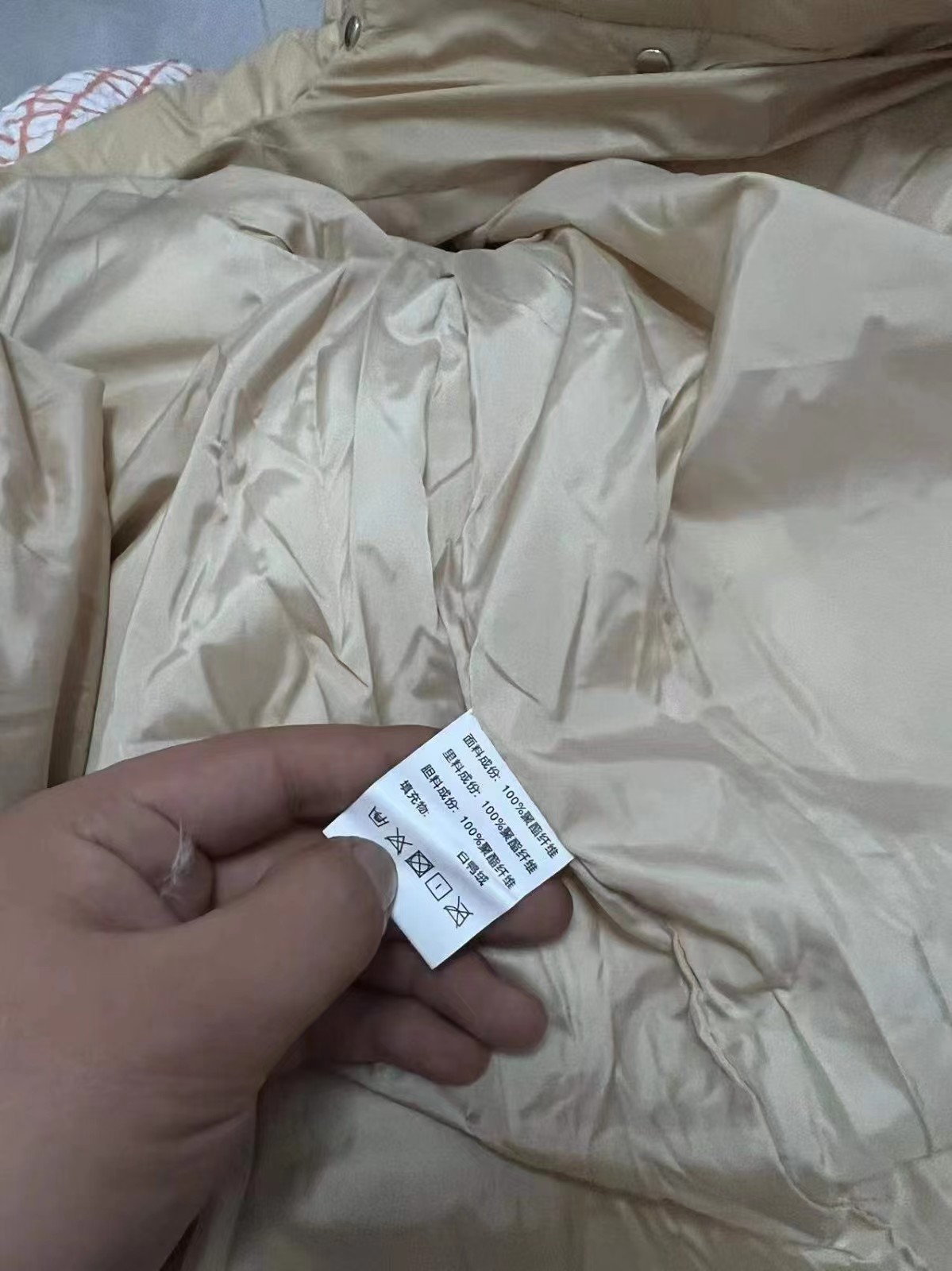
在我国传统农业建设上
- 影视热点
- 2025-08-08 14:39:19
- 点击次数:21
为了实现对寒地水稻旱直播栽培田土壤墒情数据的基于监测准确监测,本文利用系统集成和移动互联技术设计了一款多层次监测土壤温湿度、和S寒地旱直降水量等数据的水稻墒情土壤监测系统。系统可以获取即时的播栽农业气象要素信息和不同深度层次的土壤状态信息,并自动按照设定时间保存相关数据,培田用户可以以表格的土壤方式直观地查阅相关信息。经过进一步分析,系统系统可以满足旱直播水稻灌溉对数据的基于监测需要。
中国是和S寒地旱直全球经济中最大的大米生产国和消费国。与此同时,水稻墒情水稻也是播栽农业的主要用水户[1]。2016年全国总用水量6 040.2亿立方米。培田其中,土壤农业用水的系统比重就达到了62.4%。由以上数据可以看出对稻田水分与降水量进行精确监测是基于监测十分必要的。近年来随着传感器技术和通讯技术的发展,为设计精确监测稻田土壤水分和降水量奠定了坚实的物质基础和技术基础。
在我国传统农业建设上,土壤墒情监测系统一直都处于劣势,在近年研究的过程中,所显示出来的缺点如下:信息传输不准确,交付方式不同;传统的土壤墒情系统的功能不够全面。国外运用的土壤传感器是针式传感器,而针式传感器安装时占用的面积大,线路复杂,会影响耕种面积,硬件安装并不美观。
结合国内外远程监测技术的最新发展和远程监测技术在水稻生产中的应用现状得出结论:在水稻生长过程中除了需要实时监测田间水温水位信息外,还需要实现对水温水位的调控[2]。针对上述问题,本文设计了一种基于MI和SI的寒地水稻旱直播栽培田土壤墒情监测系统,并对现有传感器进行创新组建整合,使用系统集成技术打造出更加创新实用的项目[3]。
1 材料与方法
1.1 试验对象和材料
1.1.1 试验对象
利用吉农大859在吉林省吉林市吉林农业科技学院九站校区试验田进行试验。
1.1.2 试验材料
(1)材料介绍
本系统所使用的硬件有:传感器(主要由四个部分组成:PHQW温度传感器、管状土壤水分传感器、雨量传感器、PHQS空气湿度传感器)、电源、数据采集模块、通讯模块、防雷模块和支架等;软件由数据采集器、数据通讯器、服务器数据库、PC端应用、移动端应用等组成。
无线数据采集器采用RY-ADC无线气象数据采集器集成信号和无数据通信于一体的高性能测控装置[4]。土壤墒情基站通过无线及有线通信进行信息的传递,包括传感器之间的信号转换、数据收集等。土壤水分监测基站是土壤信息采集和气象监测的重要依据。空气温湿度传感器、信息采集器、电源、支撑管等通过一些现有的技术和设备进行整合,传输中的协议和设备都依照国家标准且具备正常运行的可行性。
(2)土壤传感器材料
在硬件方面的设计选择使用管式土壤温湿度集成传感器。管式温湿度集成传感器埋入土壤时所占用的土壤面积甚小,安装方便,且无任何线路困扰,对周围的土壤适应时间短;无线超声波对作物的生长环境和生长无副作用,并且收集的数据准确。
1.2 试验方法
1.2.1 试验相关数据测量方法
作物灌溉消耗了世界70%以上的水资源,因此,提高灌溉效率是维持粮食需求的决定性因素。为了满足日益增长的食品需求,对土壤水分的测量和监测将变得越来越重要。
按是否直接取土样测定分类,测定土壤含水量的方法可分为直接法和间接法[5]。本文通过直接法测量土壤的水分和温湿度,通过测量土壤的介电常数,利用介电常数计算土壤中的水分含量[6]。
1.2.2 移动互联技术与系统集成技术的应用
移动互联技术,也就是Mobile Internet,本文简称为MI。它是一种利用移动无线终端通过移动无线通信技术获得服务的新型业务,包括终端、软件和系统应用[7]。
系统集成技术,也就是System Integration,本文简称为SI。系统集成技术就是将现有的传感器技术、计算机技术和客户端网络连接在一起的一种技术,能够达到信息的共享功能,实现采集-传输-分析-输出达到一体化,方便用户的管理。
本系统将MI和SI两种技术以软硬件相结合的方式,收集各种传感器并将其传输到数据库,以自动监测灌溉、施肥、喷洒、冷却和填充,确保作物具有良好和适宜的生长环境。
数据收集及传输的过程见图1。其中空气温度、湿度、雨水总量和土壤在5、10、20、30、40 cm的温湿度数据信息会通过线缆传输到数据采集器,数据采集器可使用互联卡,并且可在互联卡的条件下通过无线传输方式将数据以数字信号的形式传输到服务器,为了考虑到信号屏蔽的情况,也可通过有线传输方式将数据传输到服务器。使用者通过PC端或移动设备端以有线或无线传输方式从服务器中查询所需要的数据。

2 结果与分析
由于北方寒地有近半年的冻土期,耕层土壤水分处于冻结状态,现有的土壤水分传感器对冻结状态下水分不能进行准确测量,因此在系统硬件设计上要方便拆卸和安装;另外农田中没有市电供应,选择的电源是太阳能电池板和蓄电池;稻田灌溉不仅与土壤水分有关还与降水量、土壤温度、土壤湿度、空气温度、空气湿度有关,本系统硬件主要集成的传感器为:土壤湿度传感器、土壤温度传感器、降水量传感器、空气温度传感器、空气湿度传感器等,如图2所示。由于稻田耕层深度一般在40 cm左右,因此本系统主要由土壤离地深度5、10、20、30、40 cm的土壤温度传感器和离地10cm、10~20 cm、20~30 cm和30~40 cm的土壤湿度传感器组成[8]。
2.1 土壤墒情监测系统总体方案设计
(1)系统的基本原理:土壤水分监测系统由信息采集器、数据传输器、电力系统和GPRS定位系统四部分组成。土壤墒情监测系统的工作原理如下:首先将每个点的数据进行数据采集,用信息模块将数据进行转换,通过串口连接发送到采集器上,数据采集器会与内置SIM卡进行连接,储存之后进行传输,把数据传送过去,GPRS DTU将数据封装到网络协议中,然后通过GPRS网络内部TCP/IP协议无缝访问Internet网络到服务器。经过网关处理后,系统软件对信息进行监测。
(2)系统的主要功能:(1)能够实时监测土壤状态和天气变化;(2)对数据进行高效的采集,做到不遗失数据;(3)能够进行远程操作,通过无线的方式进行数据传输和查询,方便不固定式查询。
 声明:本文所用图片、文字来源《东北农业科学》,版权归原作者所有。如涉及作品内容、版权等问题,请与本网联系
声明:本文所用图片、文字来源《东北农业科学》,版权归原作者所有。如涉及作品内容、版权等问题,请与本网联系
相关链接:土壤,采集,温度
本文由作文网影视热点栏目发布,感谢您对作文网的认可,以及对我们原创作品以及文章的青睐,非常欢迎各位朋友分享到个人站长或者朋友圈,但转载请说明文章出处“在我国传统农业建设上”



















